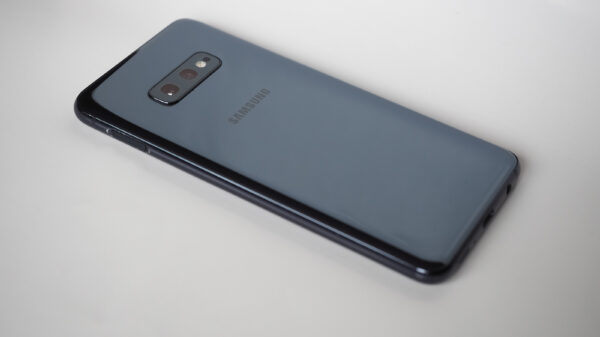Russian cybersecurity firm Doctor Web has identified multiple backdoors on the system partitions of several Android devices that are counterfeit versions of popular phones.
The identified smartphones – all pretending to be popular brand-name models such as P48pro, Redmi Note 8, Note30u, and Mate40 – are budget phones powered by an obsolete operating system version (Android 4.4.2), while pretending to run a more recent platform iteration.
Running an older Android version represents in itself a security risk, considering the large number of vulnerabilities that Google has been addressing every month over the past several years.
On top of that, Doctor Web discovered on the system partitions of these devices modified libraries designed to launch malware when in use by any application.
Specifically, the libcutils.so library was modified to launch a trojan from libmtd.so when used. If used by WhatsApp, WhatsApp Business, Settings, or phone system apps, the trojan would proceed with dropping a second-stage payload.
The main purpose of the dropped payload, which Doctor Web detects as a backdoor, is to fetch additional malicious modules from a remote server and to execute them on the infected device.
According to Doctor Web, the malware and the modules were designed in such a manner that they become part of the targeted apps.
“As a result, they gain access to the attacked apps’ files and can read chats, send spam, intercept and listen to phone calls, and execute other malicious actions, depending on the functionality of the downloaded modules,” the cybersecurity firm says.
Doctor Web also discovered that, should the wpa_supplicant system app (which controls wireless connections) be calling the modified library, the libmtd.so trojan library would start a local server, to enable a client to connect and operate in the ‘mysh’ console application.
According to the security firm, the malicious applications were dropped on the infected devices via a ‘FakeUpdates’ trojan typically embedded into system components such as software responsible for firmware updates, the system’s graphical interface, or the default settings app.
“While in operation, these trojans execute various Lua scripts that they particularly use to download and install other software,” Doctor Web notes.
Related: ‘Octo’ Android Trojan Allows Cybercrooks to Conduct On-Device Fraud
Related: SharkBot Android Malware Continues Popping Up on Google Play
Related: ‘Xenomorph’ Android Trojan Targets 56 Banking Applications
















